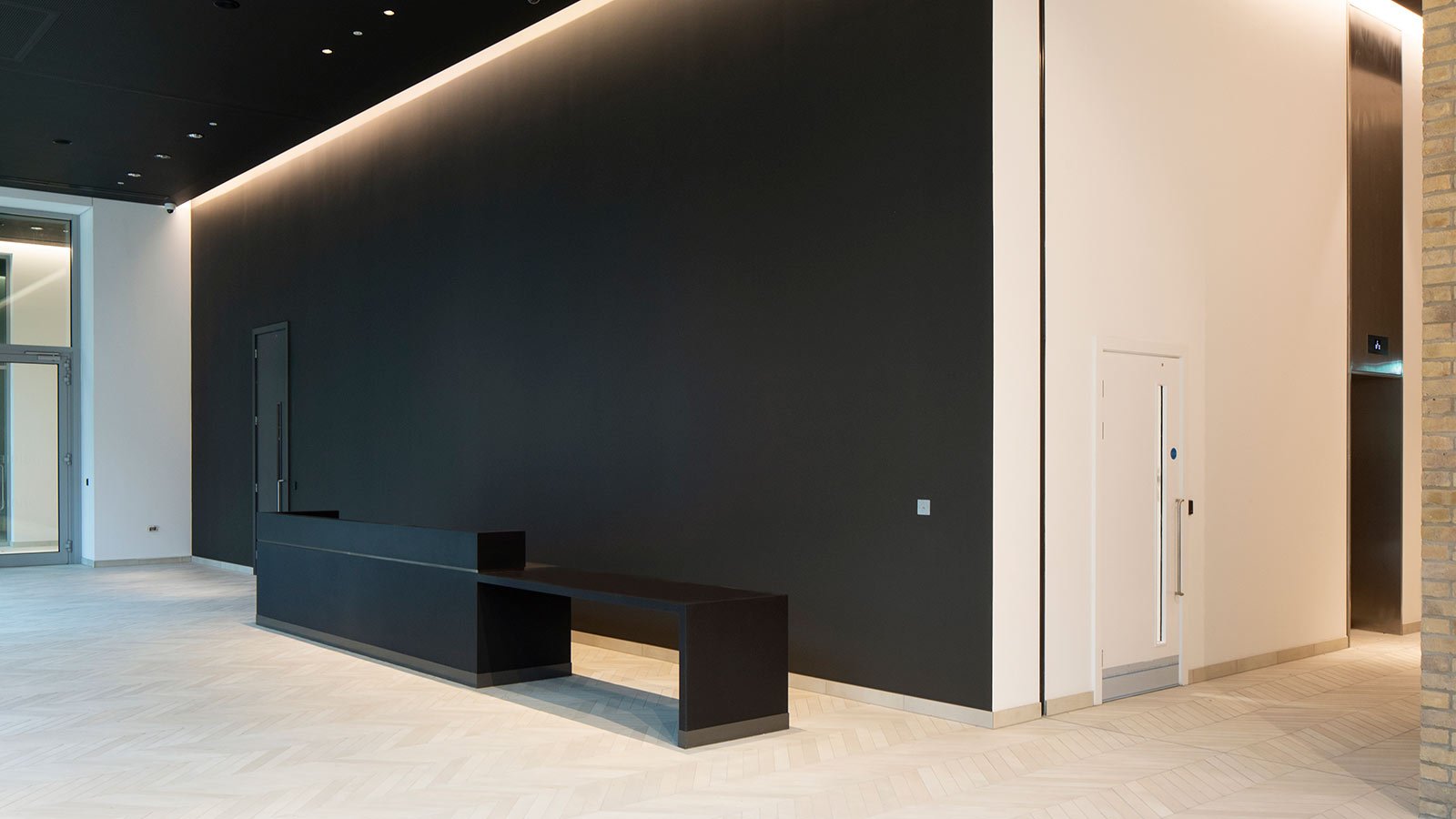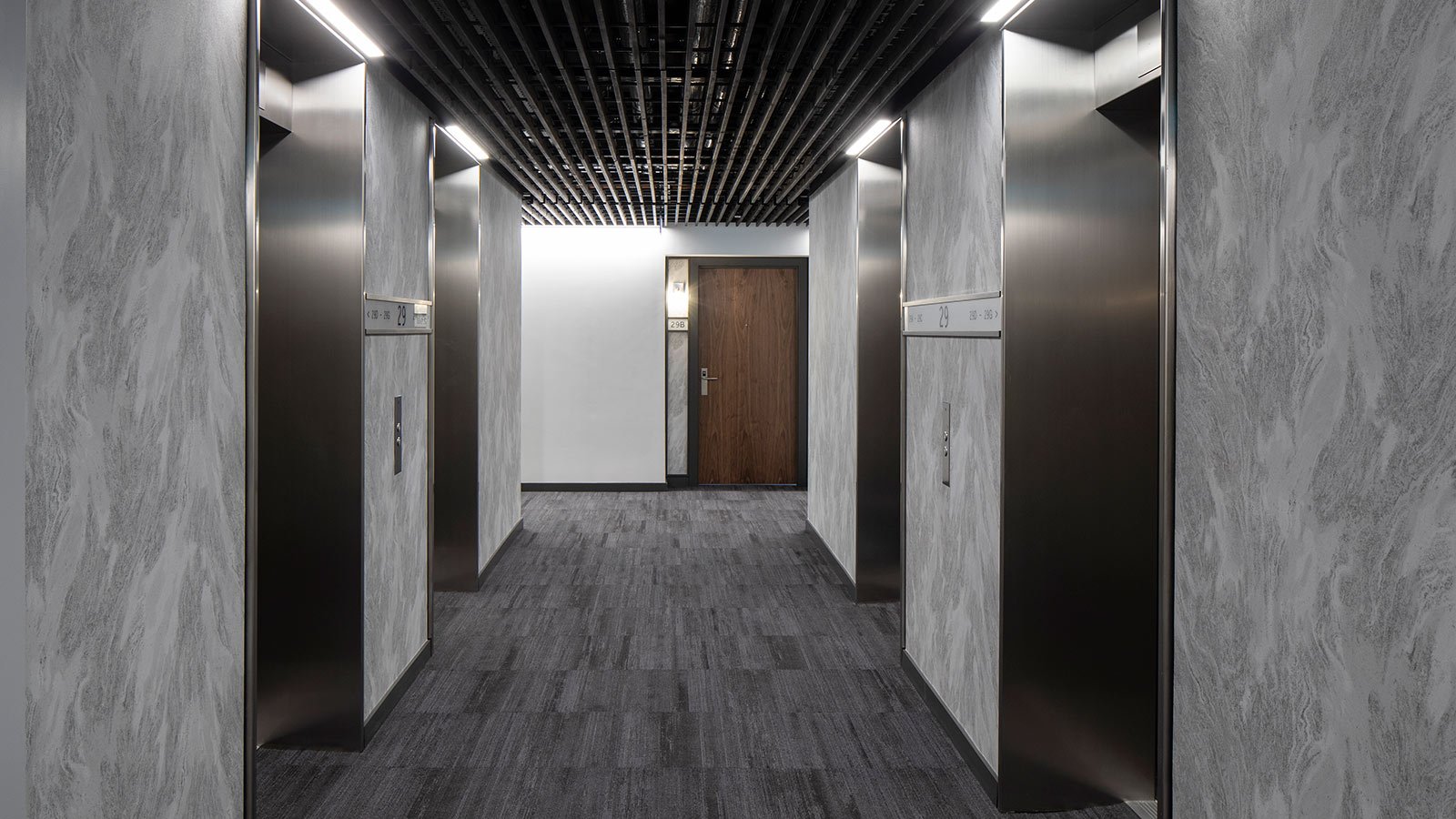
Key takeaways
36
storeys completed in 18 weeks
98%
constructed using prefabrication
482
residential units
- UK's first six-storey 'jump factory,' creating an indoor site that improved noise control, reduced safety risks, and prevented delays, leading to faster, safer building.
- Demonstrated construction innovation with 98% of the infrastructure built off site, reducing site vehicles by 30% and site waste by 75%.
- Subcontractors controlled a floor for a week, eliminating defects and boosting productivity, achieving a record 32 trade handovers – a first for the industry.
The arrival of the 2012 Olympic Games changed the face of London’s East End, transforming the landscape, introducing new communities and bringing endless opportunities.
Such large scale regeneration has funnelled much needed resources and infrastructure into the local economy, rapidly turning the wastelands of Stratford into a desirable location where demand for homes quickly outstripped supply.
As a key delivery partner for the Games, and with an established reputation for embracing innovation, Mace was challenged to build an eight-storey podium, two wing buildings and two towers to create 482 homes.
Our approach to developing Plot No.8 of the East Village came in the shape of the UKs first rising factory. The six-storey ‘jump factory’, built around the tower, created an indoor construction site – improving noise, reducing safety risks and preventing environmental delays.
With unprecedented speed, each floor was constructed in just one week and, thanks to pioneering pre-fabrication, we pushed the boundaries of pace as well as quality - using innovative solutions and techniques at every turn.
The factory-style construction method has transformed our approach to residential housing projects and is being further developed for even faster and safer construction delivery.






















